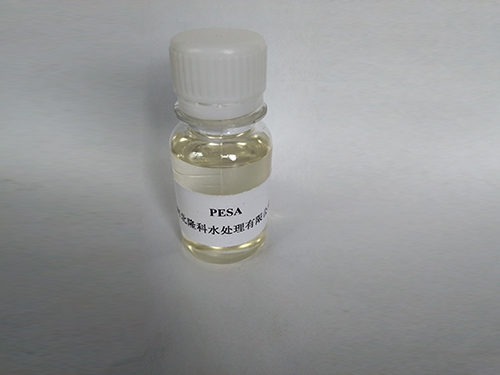polyacrylamide flocculant water treatment
Polyacrylamide Flocculant in Water Treatment An Overview
Water treatment is a critical process that ensures the availability of clean and safe water for various uses, including drinking, industrial applications, and agriculture. Among the methods employed in water purification, the use of flocculants has gained significant attention due to their effectiveness in removing suspended solids and colloidal particles from water. One of the most widely used flocculants in this context is polyacrylamide.
Polyacrylamide (PAM) is a synthetic polymer that is produced by the polymerization of acrylamide monomers. This versatile compound exists in various forms, including anionic, cationic, and nonionic types, which can be tailored to suit specific water treatment needs. Its ability to facilitate the aggregation of particles makes it particularly valuable in processes such as sedimentation and filtration.
The mechanism by which polyacrylamide operates in water treatment is relatively straightforward. When added to a suspension, PAM molecules bridge suspended particles, promoting their coagulation into larger flocs. These larger particles can then be easily removed through sedimentation or filtration, leaving behind clearer water. This process is crucial in various industries, including municipal wastewater treatment, industrial effluent management, and even in the treatment of drinking water.
polyacrylamide flocculant water treatment

One of the major advantages of using polyacrylamide as a flocculant is its efficiency at low concentrations. Typically, only a small amount of PAM is required to achieve optimal flocculation, making it a cost-effective solution. Additionally, PAM is compatible with a wide range of chemical conditions, which allows it to perform effectively in diverse environments, from slightly acidic to highly alkaline.
Moreover, polyacrylamide is relatively safe to use compared to many traditional chemical flocculants. While acrylamide is known to be toxic, when PAM is properly prepared and used at recommended dosages, the risks associated with its application are minimal. The use of PAM can significantly reduce the need for harsher chemicals, resulting in less toxicity in the treated water and the surrounding environment.
However, the application of polyacrylamide does require careful monitoring, especially in terms of residuals in the treated water. Ensuring that PAM degradation products are within acceptable limits is essential to protect aquatic life and human health. Therefore, ongoing research into the biodegradation and environmental impact of polyacrylamide is crucial for its sustainable use.
In conclusion, polyacrylamide flocculants play a vital role in modern water treatment processes. Their ability to efficiently remove suspended solids while maintaining a favorable environmental profile makes them an indispensable tool for water resource management. As the demand for clean water continues to grow, the development and optimization of polyacrylamide applications in water treatment will be essential for ensuring a sustainable and safe water supply for all.
-
Water Treatment with Flocculant Water TreatmentNewsJun.12,2025
-
Polymaleic AnhydrideNewsJun.12,2025
-
Polyaspartic AcidNewsJun.12,2025
-
Enhance Industrial Processes with IsothiazolinonesNewsJun.12,2025
-
Enhance Industrial Processes with PBTCA SolutionsNewsJun.12,2025
-
Dodecyldimethylbenzylammonium Chloride SolutionsNewsJun.12,2025





